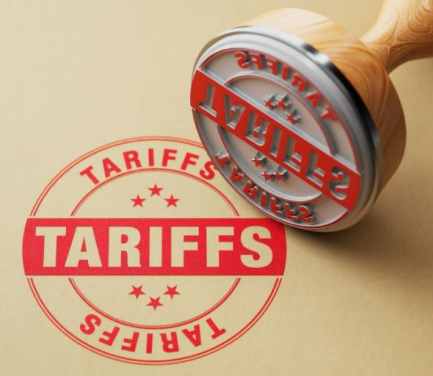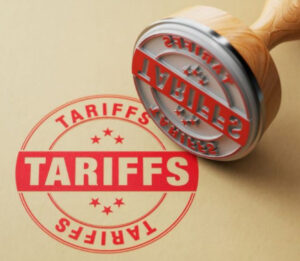How Tariffs Can Strengthen the U.S. Economy and Environment

For decades, tariffs have been a divisive topic in American economic policy, with critics arguing they raise consumer prices and stifle free trade. But a closer look reveals that, when used strategically, tariffs can play a crucial role in strengthening domestic industries and promoting sustainability. By shielding local businesses from cheaper foreign imports, tariffs encourage domestic manufacturing, reduce reliance on international supply chains, and even help curb the environmental impact of overconsumption.
History has shown that strategic protectionist policies can lead to economic success. Countries like Japan and China have effectively used tariffs, subsidies, and government-supported industries to become global manufacturing powerhouses. In the post-war era, Japan implemented strict trade policies to protect its emerging industries, allowing domestic car manufacturers like Toyota and Honda to develop into world leaders. Similarly, China’s economic rise was fueled by heavy government intervention, where tariffs and state-backed investments helped local companies dominate global markets in steel, electronics, and renewable energy.
In industries where foreign competition has led to factory closures and job losses, tariffs provide a much-needed lifeline. Take the steel industry, for example. Over the past several decades, U.S. steel producers have struggled to compete with cheaper imports from China and other countries with lower labor costs and weaker regulations. When tariffs on steel and aluminum were introduced, domestic production rebounded, creating jobs and securing critical supply chains. This pattern has played out in other industries as well, where government support, paired with targeted tariffs, has allowed American businesses to invest in research, technology, and workforce expansion.
Beyond job creation, tariffs also play a significant role in national security. Recent global disruptions, from the COVID-19 pandemic to geopolitical tensions, have exposed America’s dangerous dependence on foreign-made pharmaceuticals, semiconductors, and other essential goods. Tariffs, combined with incentives for domestic production, can ensure that critical industries remain strong and self-sufficient, reducing vulnerabilities in times of crisis.
But the benefits of tariffs go beyond economics. In an era of climate change and environmental degradation, tariffs can be a powerful tool to slow down the wasteful overconsumption fueled by free trade. The rise of fast fashion, cheap electronics, and disposable goods has led to a culture of buying more and discarding quickly, contributing to overflowing landfills and unsustainable resource depletion. Many of these products are manufactured overseas under lax environmental standards, with factories spewing pollutants into the air and waterways. By making imported goods more expensive, tariffs can shift consumer habits, encouraging people to invest in fewer but higher-quality, locally made products.
The environmental benefits don’t stop there. Free trade relies on massive global shipping networks that burn fossil fuels at staggering rates. Cargo ships carrying cheap goods from Asia to American shores emit millions of tons of carbon dioxide annually. Tariffs on imported goods help shorten supply chains by making it more cost-effective to produce goods domestically, ultimately reducing emissions from international transportation.
Critics often argue that tariffs lead to higher prices for consumers, but this perspective overlooks the long-term gains. A stronger domestic industry means better wages, more stable jobs, and less reliance on foreign governments to supply essential goods. Meanwhile, a shift away from the culture of fast consumption and toward sustainability can benefit both the economy and the planet.
The success stories of Japan and China demonstrate that protecting and nurturing domestic industries can yield long-term economic growth and global competitiveness. The reality is that tariffs, when applied thoughtfully, offer far more than just protectionism. They can be a catalyst for economic resilience, industrial growth, and environmental responsibility. In an increasingly interconnected but unpredictable world, a balanced approach to trade—one that prioritizes American workers, national security, and sustainability—may be the key to long-term prosperity.





